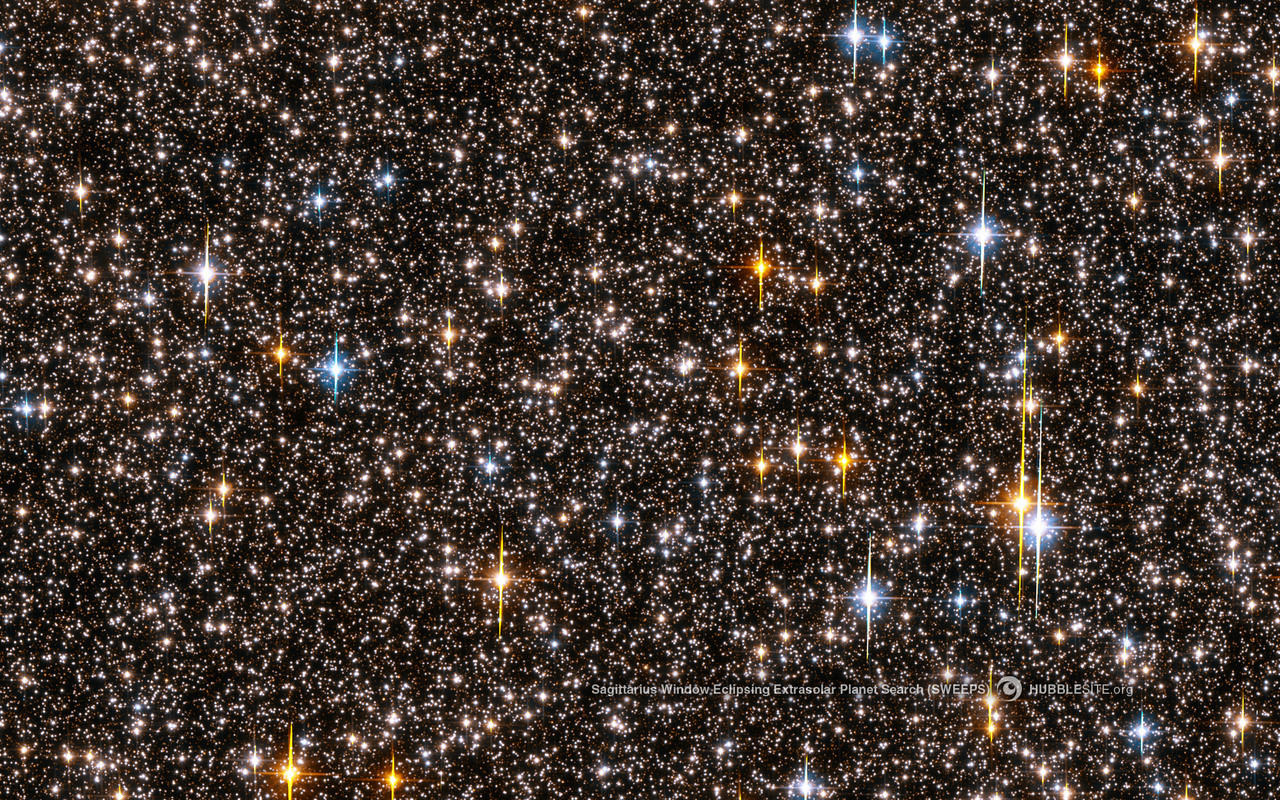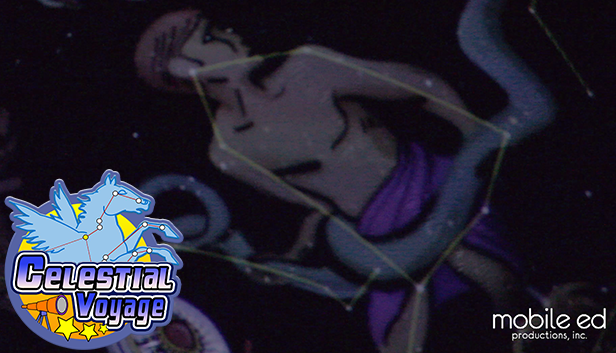
If you take a look at any culture, it doesn't take long to find the signs and tells of astronomy deeply rooted within them. In ancient times, astronomy was studied and used as an essential tool in helping people determine the timing of important agricultural events like spring planting and fall harvests. The orientation of the ancient constellations was used as a clock by which time could be measured. “Indigenous astronomy“ was the astronomy that existed long before the Ancient Greeks and the modern era.

The modern era of astronomy started with Copernicus’s theory, published in 1543. The invention of telescopes in around 1600 further revolutionized our understanding of the sky. The byproducts of astronomical discoveries and observations have important applications in a variety of different fields of science, from medicine and environmental monitoring to defense. The world's largest professional body for astronomers The International Astronomical Union provides some useful examples of technology transfer between astronomy and industry on their website.
After many years of using the Mobile Ed Sky Dome Planetarium to bring inspiration, education, and entertainment to the classroom, here 5 resources we like to recommend for teaching astronomy in your classroom:
1) Teach about the solar system by creating a scale model/Using a model solar system for providing a contextual framework on astronomical scales.

2) Use NASA’s website and other reputable sources for high-resolution visuals of different bodies in our solar system.

3) Use movement as a learning tool. One student revolving around another provides a visual model for the Earth-Moon system and the difference between rotation and revolution. Students can take turns practicing being Earth and the other planets to learn about how our solar system's orbits appear and day/night cycles work.
4) Use math to comprehend a contextual framework for the enormity of the Universe. For example, there are approximately 200 billion trillion stars in the Universe. The number is so big, it’s hard to imagine. But try this: It’s about 10 times the number of cups of water in all the oceans of the Earth. Another way to help students develop a contextual framework for the enormity of the Universe is to have students imagine counting grains of sand on the beach. The number of stars in the observable Universe is greater than the total number of grains of sand on all the beaches everywhere on Earth (counting only beach sand, not sand on the ocean floor).
5) Teach how to identify different constellations by using an interactive sky chart and other astronomical tools.
6) Combine your astronomy lesson with engaging media. The following resource from Octane Seating includes an interesting guide to the history of astronomy and its impact on our media. Find recommendations for educational TV shows to help you implement engaging astronomy lessons in your classroom through the resource below.
Celestial Voyage Assembly
Our virtual planetarium presentation is an inspiring way for students to learn observational astronomy and to become excited about further exploration. “The Celestial Journey” is an exciting and dynamic state-of-the-art program that only requires a stable internet connection and can cover nearly every astronomical topic.
This hour-long program concludes with time for questions and will spark ongoing conversations among students. It even often inspires a family “hunt” for the North Star on the same night of the program.
The goals of our “Celestial Journey” program are:
- To teach students how to identify the moon phases and various lunar events, and to explain eclipses and planetary transits.
- To inspire students to gain confidence in their ability to identify different cardinal directions during the day and at night and without any technology.
- To introduce the 88 constellations recognized by the International Astronomical Union as a vehicle to blend astronomy and cultural history.
- To demonstrate how astronomy has inspired the arts, from mythology, poetry, and music, to science fiction and movies.
- To explain how to use constellations as a compass, clock, and ruler.
- To observe and announce times of various future-astronomical events and to build up anticipation.
- To use astronomy as a gateway to developing critical thinking skills.
- To teach space or astronomy-related topics catered to you and your students' needs







